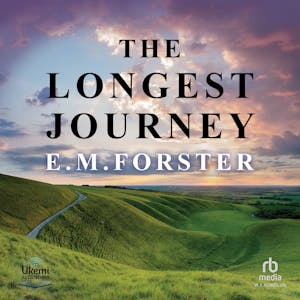E. M. Forster once wrote that ‘The Longest Journey' was the novel he was ‘most glad to have written', but he admitted it was ‘the least popular of my five novels.' It was his second published work, dating from 1907, following ‘Where Angels Fear to Tread' (1905) and preceding, by only a year, ‘A Room with a View.' He was 28.
It concerns a Cambridge philosophy student, Rickie Elliot – an orphan, lame in one foot – who wants to be a writer. He exists in the intense university environment, influenced by relationships with other students both intellectual and sporty, and faces a growing involvement with the beautiful Agnes Pembroke. But he finds himself ill prepared for the reality of life and work in the outside world, further complicated by the unexpected appearance of a half-brother. His life moves toward compromise shaped by marriage and a teaching post. Where will this ultimately lead?
‘The Longest Journey' charts those key years of growth and change set against the, persistent, private background of personal aspiration. Forster commented, ‘In it, I have managed to get nearer than elsewhere towards what was in my mind – or rather towards that junction of mind with heart, where the creative impulse sparks.'
For 21st century readers the novel may evoke the particular atmosphere of early Edwardian England; but it shows nevertheless the writer in Forster that was to lead to the great works of ‘Howard's End' and ‘The Passage to India'.
